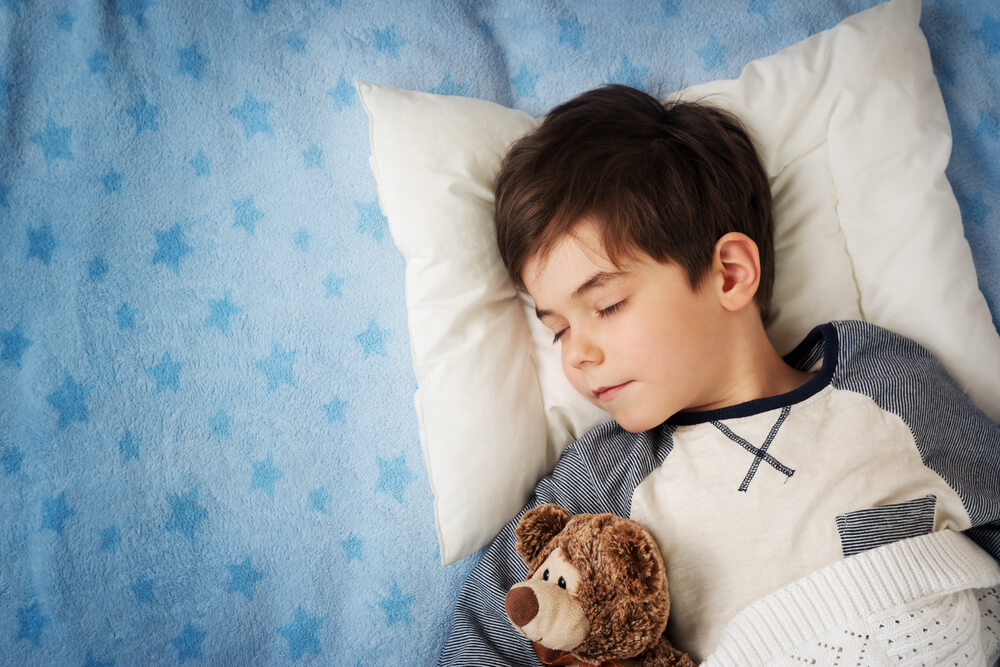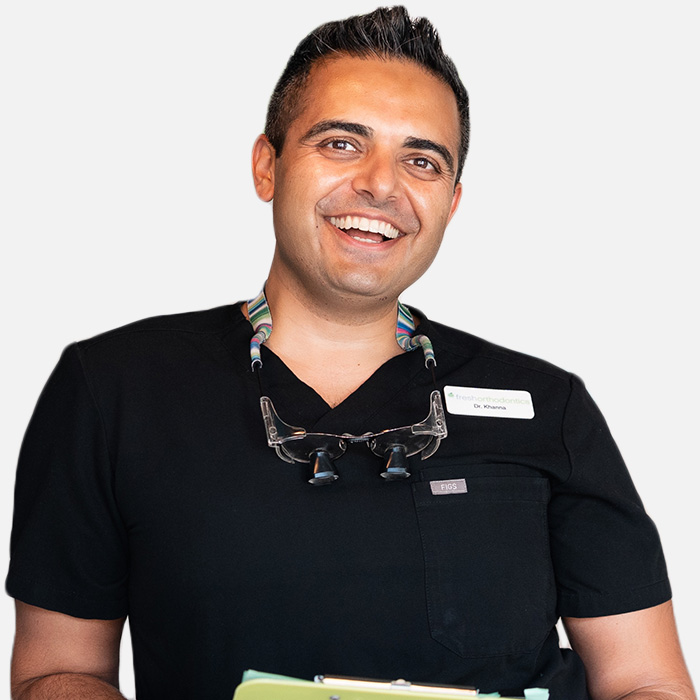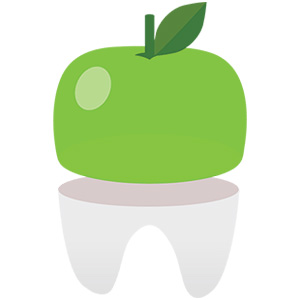
We all know kids need sleep in order for their brains and bodies to develop. It’s when they’re snoozing that growth actually occurs. But, sometimes, babies and little children aren’t sleeping as soundly as it may appear due to what is known as obstructive sleep apnea (OSA) or sleep-related breathing disorders (SRBD). This can affect their development, ability to learn and even their mood (hey, you know how grumpy you get when you don’t get a good night’s sleep!).
Teeth grinding, snoring and mouth breathing are all signs of sleep apnea in kids. As a Park Slope orthodontist, I often see little ones who suffer from the condition due to the structures of the mouth, jaws, and throat that have constricted the airway. Here’s the scoop on what you should know and what you can do to address it.
About Sleep Apnea in Kids
Sleep apnea is a sleep-related breathing disorder and occurs when a person stops breathing while sleeping. Most people have a pause in breathing here and there while they’re catching z’s, however, if it happens frequently or for longer periods, it’s a problem. In the majority of the cases, sleep apnea is the result of something obstructing the upper airway, which is why it’s referred to as obstructive sleep apnea (OSA). While there are other causes of the condition, this is the most prevalent.
It’s surprisingly common in kids and teens, and when they suffer from sleep apnea, the oxygen levels in the body drop, disrupting their sleep. They don’t get the restorative rest they need, which leads to a whole host of problems that affect all aspects of life, including behavior, learning, and growth. It can even cause heart problems and, in rare cases, be life threatening.
While genetics, being overweight, certain medical conditions, and other factors can increase a kid’s risk of developing OSA, the one I see at Fresh Orthodontics consistently is a defect in the mouth, jaw, and throat structures that narrows the airway.
Now that I have the parents sufficiently freaked out, just know that sleep apnea in children is treatable and addressing it can really improve your child’s quality of life. I’ll discuss what you can do shortly, so take a deep breath!
Signs of Sleep Apnea in Children
The following are potential signs a child or teen is suffering from obstructive sleep apnea:
- Regularly snoring, which may include brief pauses or gasps
- Heavy breathing while asleep
- Restless sleeping and lots of tossing and turning
- Mouth breathing
- Grinding and clenching the teeth
- Sleepiness during the day and behavioral issues, including ADHD-like symptoms
But Isn’t it Normal for Kids to Snore?
It can be. A kid or toddler snoring during a bout of allergies or while they have a cold is normal. If this is what is causing snoring in a child, once the congestion clears up, the snoring will stop. If your child snores regularly even when they’re not sick or suffering from allergies, then it’s worth asking your pediatrician about it. Regular snoring in children accompanied by one or more of the symptoms we mentioned above definitely warrants a discussion with a doctor.
What’s the Deal with Mouth Breathing in Kids?
When it comes to the orthodontic angle of sleep-related breathing disorders, mouth breathing can have a serious impact on your child’s development. When nose breathing is blocked and a child chronically breathes through their mouth, it can alter how their face and jaws grow, which eventually leads to a long, narrow face, crooked teeth, and a receded jaw. Since the jaw and airway don’t develop properly, the airway becomes obstructed during sleep.
Because they can’t breathe, the child doesn’t enter a deep state of sleep. Instead, they might be busy grinding and clenching their teeth in order to move the jaw forward to open the airway. This is why if you notice your child is grinding and clenching in their sleep, you may want to take note and bring it up with your doctor.
Teeth grinding, known as bruxism, can also occur because the bottom and top teeth aren’t aligned properly, so it doesn’t automatically mean your kid has a sleep-related breathing disorder.
What Parents Can Do
If you suspect your child has sleep apnea or a sleep-related breathing disorder, the first step is bringing it up with their pediatrician. If it’s due to enlarged tonsils and adenoids, they may recommend surgery. In other cases, Continuous Positive Airway Pressure (CPAP) therapy might be effective, which involves wearing a mask at night.
Orthodontics can also be a vital part of treatment. What type of training does an orthodontist have? During our residency, we gain expertise in dental and facial development. An orthodontist’s training also includes an in-depth education on dentofacial orthopedics, which means using appliances to guide jaw growth. So, we’re well positioned to assess the structures related to the airway.
I know I sound like a broken record, but it’s imperative to schedule your child’s first visit with the orthodontist by age 7. If we detect any abnormalities or issues with the development of their face, jaw, or mouth, we’re able to address it while they’re still growing. By directing the growth of the facial structures, we can eliminate mouth breathing in kids and help keep the airway open.
Sometimes, a palatal expander can be in order. A palatal expander not only makes room for permanent teeth, but also increases airflow. Different oral appliances may be considered for older kids whose jaws have stopped growing.
Let’s Get to the Bottom of Your Child’s Mouth Breathing, Snoring and Teeth Grinding
If your child is a mouth breather, snores, or grinds their teeth, don’t ignore the symptoms. Contact Fresh Orthodontics and schedule a free consultation at our Brooklyn orthodontic office. Once I examine your child and develop an accurate diagnosis, I can help align their bite and remedy the issues, allowing them to breathe easier and sleep better.













